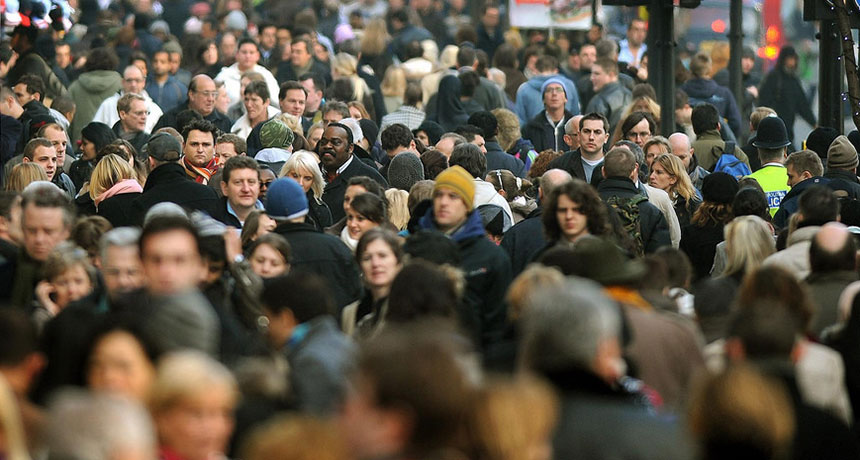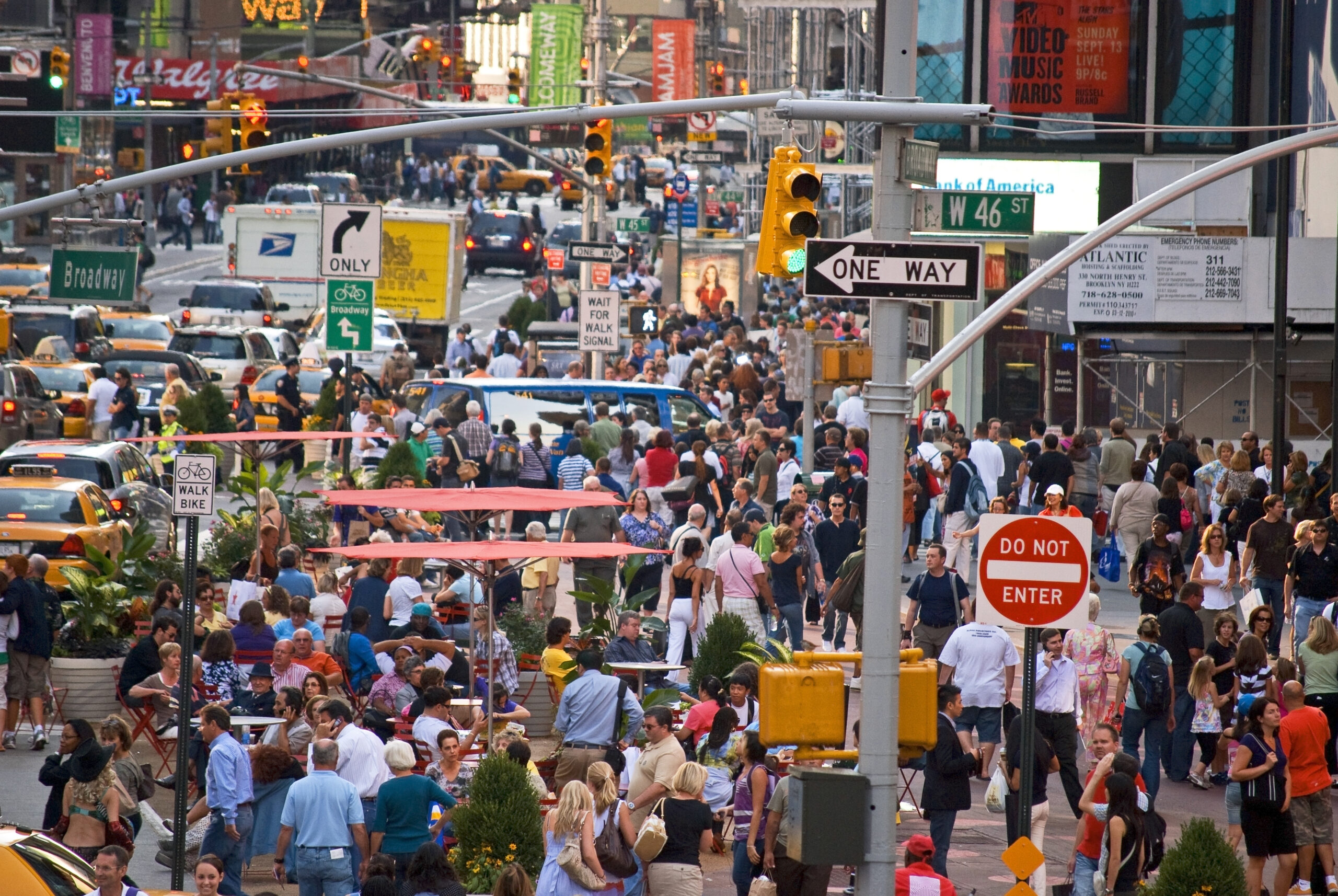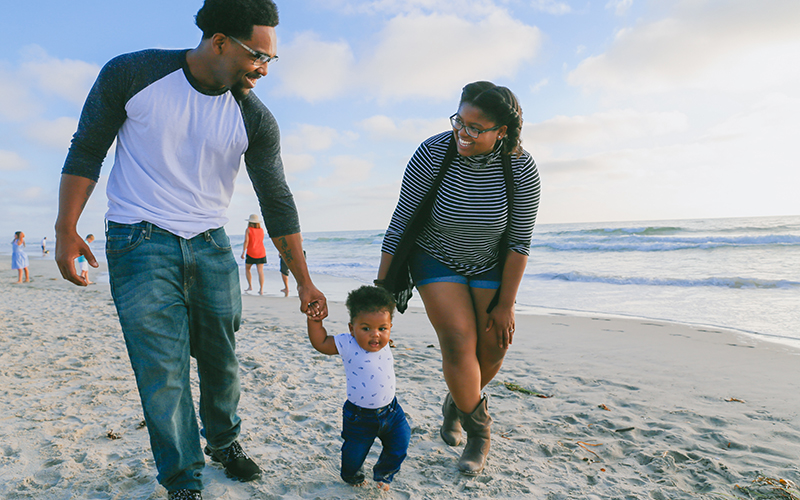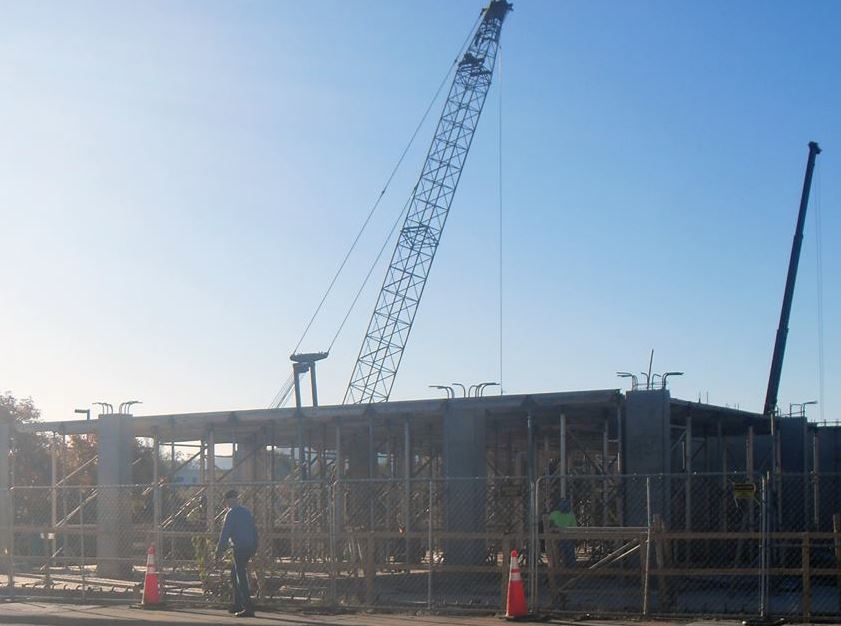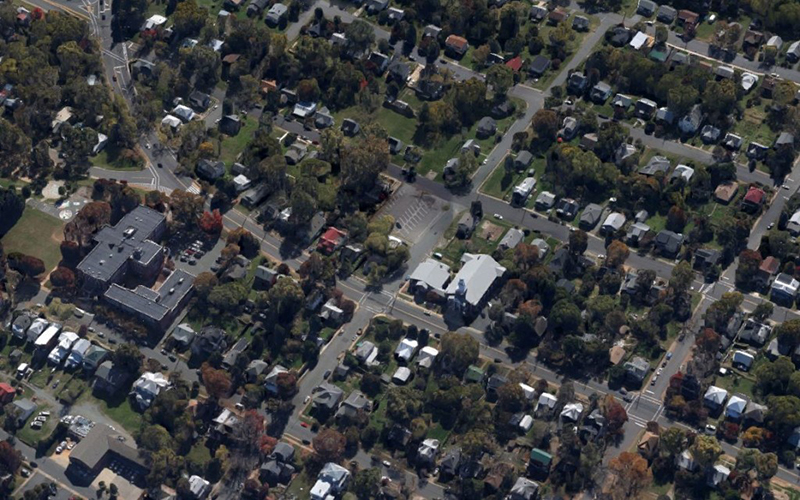National population projections: Growing but slowing
Our new population projections over 2020, 2030, and 2040 for the nation as well as the 50 states and District of Columbia were released today. Looking forward, the U.S. population is expected to reach 383 million by 2040, but the rate of growth is projected to slow down from nearly 10% over the 2000-2010 decade to 6% between […]



